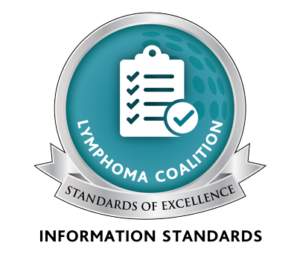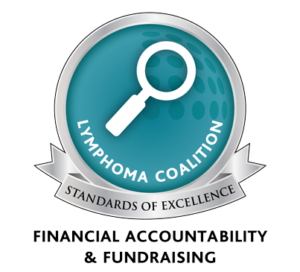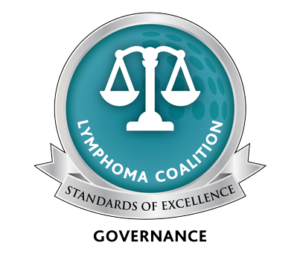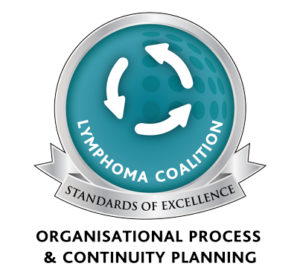Signs and Symptoms of lymphoma are similar to those of other diseases and afflictions. The most common symptom is a painless swelling in a lymph node (called lymphadenopathy). People often first go to the doctor because they think they have a cold or respiratory infection that will not go away. The neck or armpits are common places noticed first, but the swelling can occur in other parts of the body including the groin (that may cause swelling in the legs or ankles) or the abdomen (that can cause cramping and bloating). Some lymphoma patients notice no swelling at all while others may complain of night sweats, weight loss, chills, a lack of energy or itching. There is usually no pain involved, especially when the lymphoma is in the early stage of development.
Most people who have nonspecific complaints such as these will not have lymphoma. However, it is important that any person who has symptoms that persist see a doctor to confirm that no lymphoma or serious illness are present. The doctor will perform a complete physical examination and look for swollen lymph nodes under the chin, in the neck and tonsil area, on the shoulders and elbows, armpits, and in the groin. The doctor will also examine other parts of the body to see whether there is swelling or fluid in your chest or abdomen that could be caused by swollen lymph nodes.
You will be asked about pain and examined for any weakness or paralysis that could be an enlarged lymph node pressing against nerves or the spinal cord. Your abdomen will be examined to see whether any internal organs are enlarged, especially the spleen. If the doctor suspects lymphoma, he or she will likely order further tests including a biopsy, blood tests, x-rays and perhaps a bone marrow evaluation.
Symptom Alert Checklist
The symptoms of lymphoma are commonly seen in other, less serious illnesses, such as influenza or other viral infection. These symptoms are often overlooked, but in cases of less serious illnesses they would not last very long. With lymphoma, these symptoms persist over time and cannot be explained by an infection or another disease. The checklist below lists the most common symptoms of lymphoma.
Because of the common nature of these symptoms and because lymphoma symptoms do not appear in all cases, diagnosis is often problematic.
If you suspect that you, a family member, friend or loved one may have lymphoma, see your doctor or qualified medical professional as soon as possible. Early diagnosis makes an impact on treatment and outcome.
Initial Symptoms of Lymphoma
Painless swelling in the upper body lymph nodes, i.e., the neck, collarbone region, armpits or groin. (A swollen lymph node is normally NOT as painful as an infected lymph node, which is common and can be painful.) This checklist lists the most common symptoms of lymphoma:
- Chills/temperature swings
- Fevers (especially at night)
- Unexplained weight loss
- Loss of appetite
- Unusual tiredness/lack of energy
- Persistent coughing
- Breathlessness
- Persistent itch all over the body without an apparent cause or rash
- General fatigue
- Enlarged tonsils
- Headache.
Signs and symptoms of Advanced Lymphoma
More advanced lymphoma may present with the following symptoms:
- In certain instances, people feel pain in the lymph nodes after drinking alcohol.
- If the lymphoma involves lymphatic tissue within the abdomen, bowel or stomach, fluid may build up causing swelling near the intestines, potentially leading to sensations of abdominal pressure, pain, diarrhea and/or indigestion.
- The enlarged lymph node sometimes causes other symptoms by pressing against a vein (causing swelling of an arm or leg), or against a nerve (causing pain, numbness, or tingling in an arm or leg).
- Some people experience lower back pain that is unexplained. It is thought that this may be caused by expanding lymph nodes pressing on nerves.
- As lymphomas progress and cancerous lymphocytes spread beyond the lymphatic system, the body loses its ability to fight infection. The generalized symptoms that develop may be confused with signs of influenza, tuberculosis, other infections such as infectious mononucleosis or other cancers.





